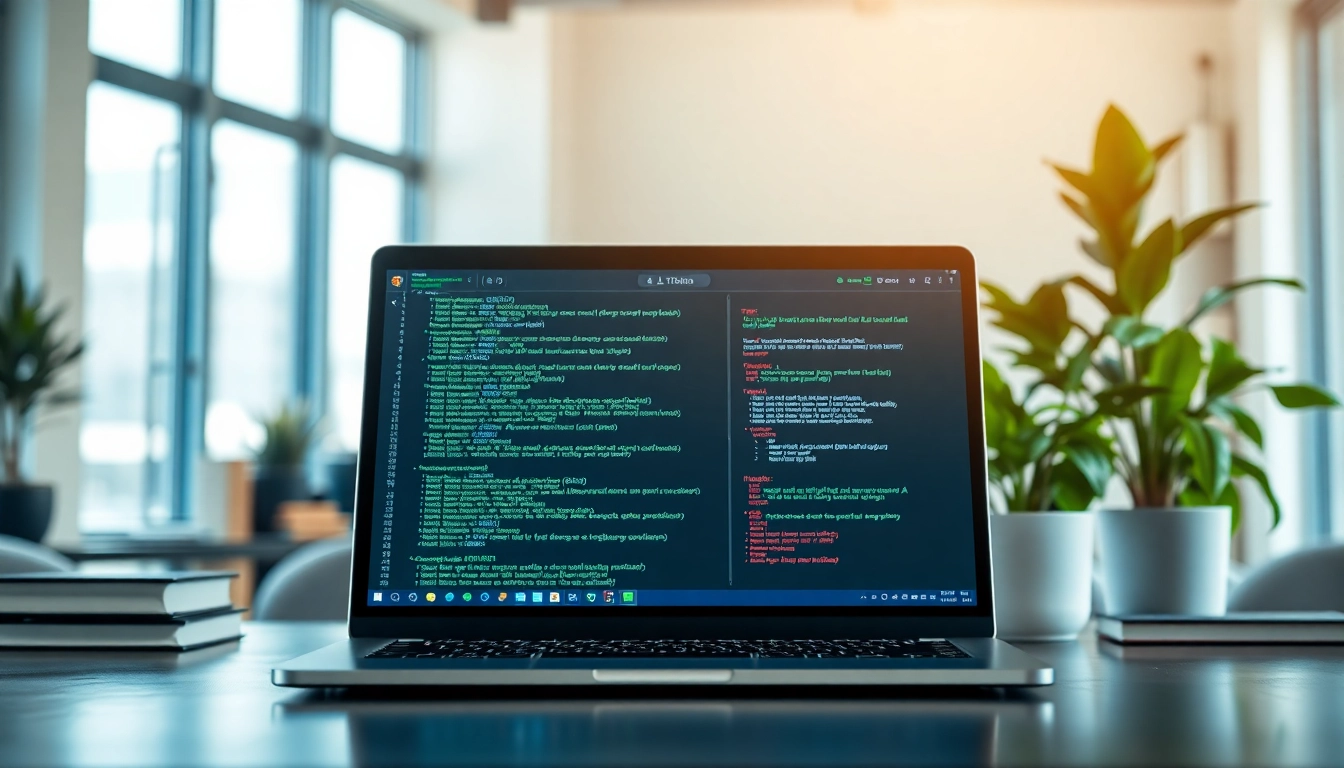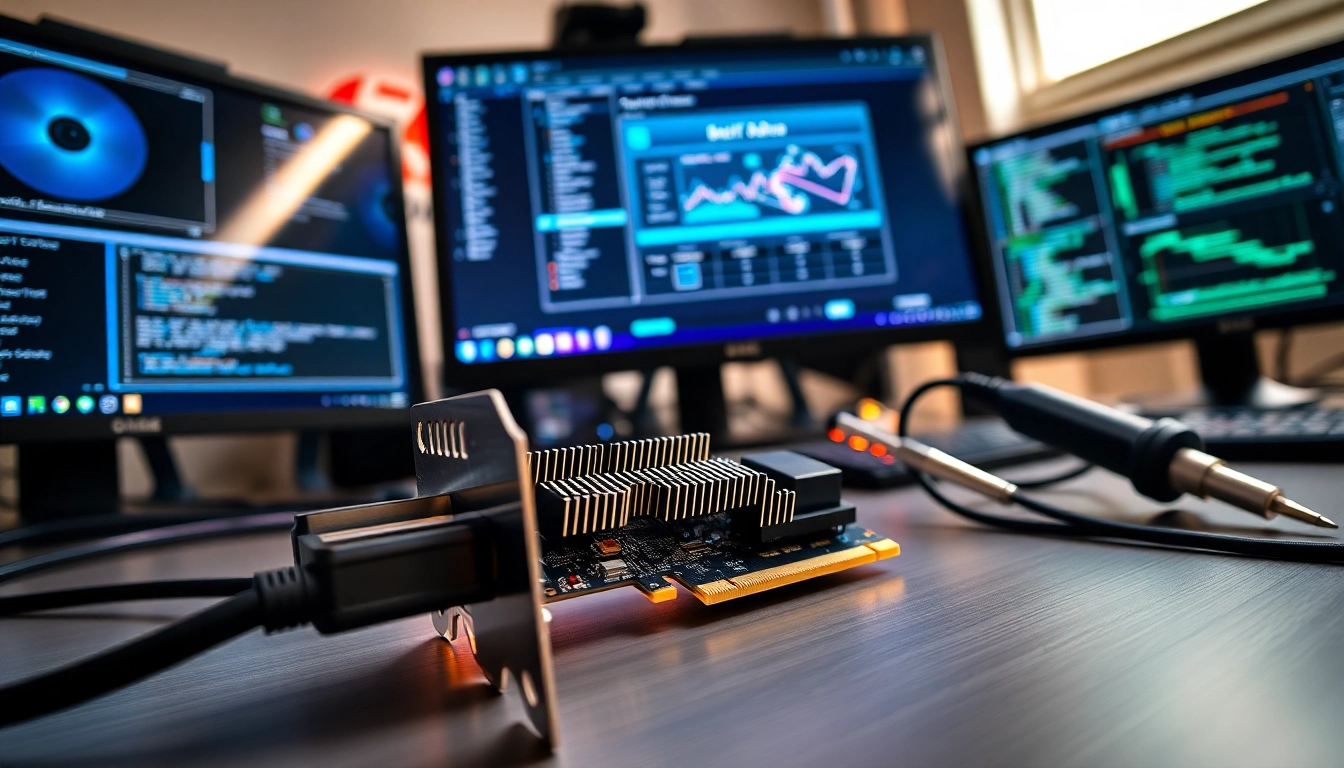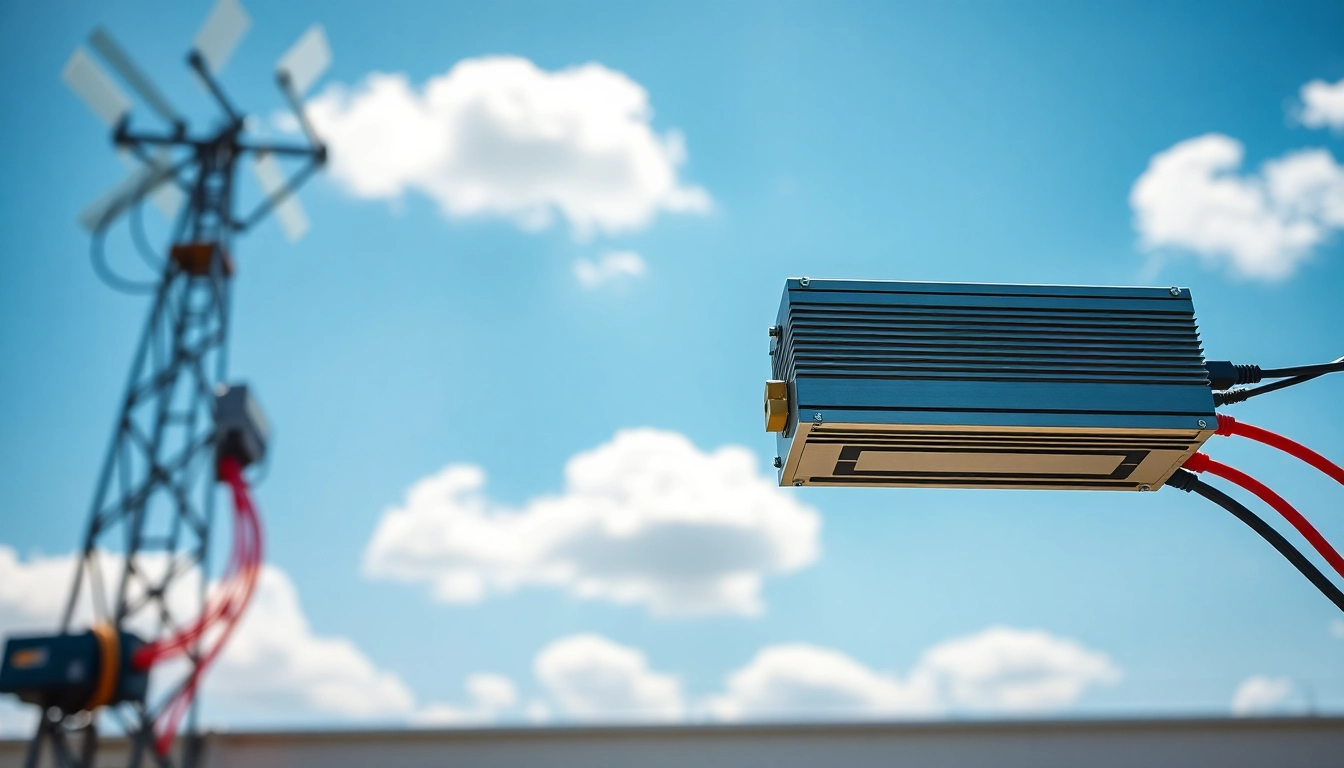Understanding ai detector Tools: Accuracy, Use Cases, and Limitations
Introduction to ai detector Tools
In today’s digital landscape, the distinction between human-generated content and that produced by artificial intelligence is becoming increasingly blurred. As reliance on AI for content creation grows, there is a growing necessity to identify whether a piece of writing was generated by a machine or a person. This need is addressed through innovative tools known as ai detector solutions. These tools are designed to analyze text and determine its origin, providing valuable insights not only in educational settings but across various fields where content authenticity matters.
What is an ai detector?
An ai detector is a software application or online tool that assesses the likelihood of a text being written by an AI model. Through a combination of algorithms and machine learning, these tools evaluate various linguistic patterns, coherence, and stylistic elements to ascertain the text’s authorship. The technology behind ai detectors encompasses a range of methodologies, from simplistic keyword detection to complex analysis involving neural networks that simulate human cognitive processes.
Importance of detecting AI-generated content
The prevalence of AI in content generation raises significant concerns regarding authenticity and reliability. Institutions, businesses, and individuals rely on the integrity of written material, especially in critical applications such as academic work, journalism, and marketing. Detecting AI-generated content is crucial for maintaining trust and credibility. Educational institutions, for instance, are employing ai detectors to uphold academic integrity by ensuring that students produce original work rather than resorting to AI assistance.
How ai detector technology works
The functioning of ai detectors can be understood through several key processes. Initially, the tool analyzes the input text using Natural Language Processing (NLP) techniques, which break down the writing into more manageable components. The detector examines sentence structure, word choice, and even punctuation patterns. Machine learning models are then applied to compare the analyzed text against a database of known AI-generated and human-written examples. By weighing these factors, the ai detector computes a score indicating the probability of the text being AI-written.
Benefits of Using ai detector Solutions
Enhancing content authenticity
One of the primary advantages of employing an ai detector is the enhancement of content authenticity. For content creators, businesses, and educators, ensuring that their material is not just original but perceived as genuine is vital. Using an ai detector can provide peace of mind that published content meets these authenticity standards, thereby protecting reputations and maintaining trust with audiences.
Supporting academic integrity
In academic settings, the potential for widespread use of AI to produce essays, reports, and research papers poses a challenge to traditional notions of academic honesty. ai detectors serve as a guardrail, helping educators identify instances of academic dishonesty effectively. By ensuring that students submit their work, these tools foster a culture of learning and development, rather than facilitating shortcuts.
Applications in various industries
The applications of ai detector technology extend beyond academia; industries such as journalism, marketing, and creative writing are also harnessing these tools. Journalists utilize ai detectors to verify the authenticity of submissions and ensure that reported content aligns with ethical standards. Marketing teams deploy such detectors to ensure that promotional materials resonate with target audiences as authentic and engaging, thereby enhancing brand integrity.
Choosing the Right ai detector Tool
Factors to consider in an ai detector
Selecting the appropriate ai detector tool involves assessing several critical factors. The effectiveness and accuracy of the tool are paramount; it should consistently provide reliable results across a variety of text styles and lengths. Additionally, user-friendliness and accessibility are significant for both novice users and advanced practitioners. It is essential to look for tools that offer comprehensive guides and support to maximize their utility.
Comparing different ai detector technologies
When comparing different ai detector technologies, one must consider their underlying methodologies. Some tools leverage advanced machine learning techniques, while others may rely on simpler statistical analyses. Furthermore, the breadth of linguistic features captured during analysis—such as syntactic variability, coherence testing, and semantic depth—can vary significantly. Tools that specialize in particular content types, such as creative writing versus technical documentation, may also provide more nuanced results.
User review insights for top ai detectors
User feedback is instrumental in assessing ai detector tools. Reviews often highlight usability, effectiveness, and specific use cases. By examining what existing users have to say regarding their experiences, potential users can identify which tools are most likely to suit their needs. Evaluating user satisfaction and outcomes can guide informed decisions on which ai detector to adopt.
Limitations of ai detector Tools
Common challenges faced with ai detector accuracy
While ai detectors have made significant advancements, they are not devoid of limitations. Common challenges include issues related to accuracy; the technology can sometimes produce false positives, marking human-written content as AI-generated. Factors such as unique writing styles, genre-specific language, and the quality of input text can all affect the performance of these tools. Therefore, understanding the limitations is crucial for users to interpret results accurately.
Understanding false positives and negatives
False positives arise when an ai detector incorrectly identifies human-generated content as AI-produced. Conversely, false negatives occur when AI-generated text is misidentified as human-written. Both scenarios can lead to significant implications depending on the context. For instance, an academic institution relying on an ai detector that frequently misidentifies submissions could risk undermining the integrity of its assessment and evaluation processes.
When not to rely solely on an ai detector
Due to the potential for inaccuracies, it is vital to recognize situations where relying solely on an ai detector may not be advisable. In contexts where nuanced understanding is required, such as literature analysis or creative assessments, human judgment remains invaluable. Consequently, while ai detectors are powerful tools, they should complement rather than replace thorough human evaluation.
Future Implications of ai detector Technology
The evolving landscape of AI detection
The landscape of AI detection is evolving rapidly as new models and technologies emerge. ai detectors are becoming increasingly sophisticated, incorporating more diverse datasets and relying on advanced algorithms to enhance accuracy. As AI-generated content becomes more intricate, the ongoing development of detection technologies is essential to keep pace with these advancements.
Emerging trends and innovations
This evolving landscape has given rise to several emerging trends. One trend is the integration of ai detectors with other digital tools to create more comprehensive content verification ecosystems. Additionally, there is a growing emphasis on transparency in the operation of ai detectors, with many developers working to demystify their algorithms and processes for users. Enhanced collaboration between different stakeholders can help create a more robust approach to content verification.
Preparing for a future with AI-generated content
As AI-generated content continues to proliferate and become more sophisticated, individuals and organizations must prepare accordingly. This preparation might include adopting ai detector tools as standard practice, educating stakeholders about the implications of AI in content creation, and fostering a culture of integrity around authentic communication. By understanding the capabilities and limitations of ai detectors, users can make informed choices that uphold content reliability moving forward.














Post Comment